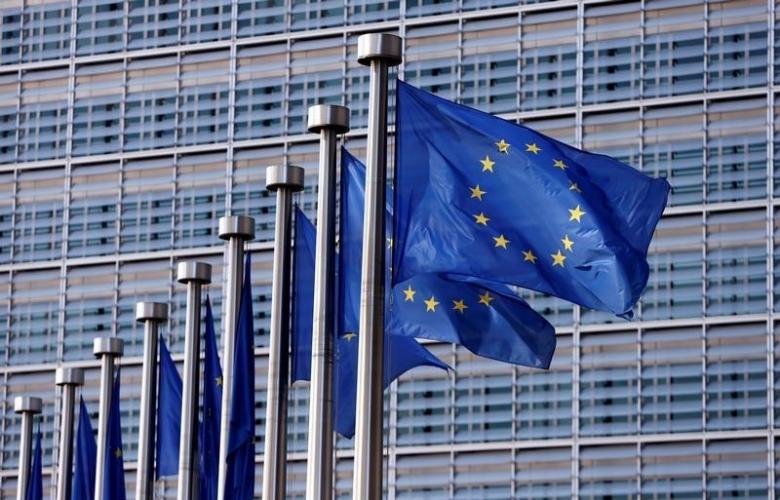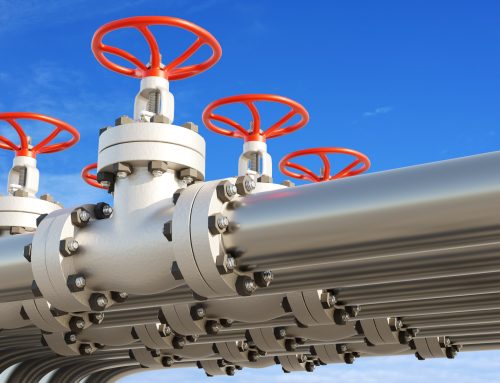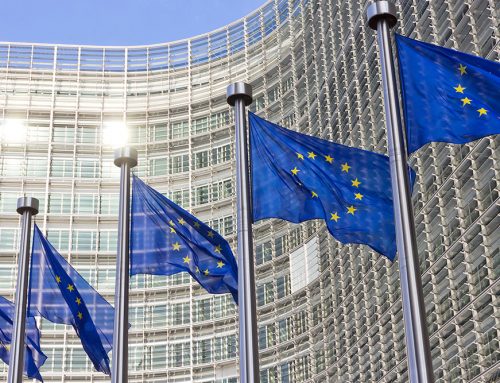Growth rates for the EU and the euro area beat expectations in 2017 to reach a 10-year high at 2.4%. Growth is set to remain strong in 2018 and ease only slightly in 2019, with growth of 2.3% and 2.0% respectively in both the EU and the euro area.
Private consumption remains strong, while exports and investment have increased. Unemployment continues to fall and is now around pre-crisis levels. However, the economy is more exposed to external risk factors, which have strengthened and become more negative.
Robust growth is facilitating a further reduction in government deficit and debt levels and an improvement in labour market conditions. The aggregate deficit for the euro area is now less than 1% of GDP and is forecast to fall under 3% in all euro area Member States this year.
Valdis Dombrovskis, Vice-President for the Euro and Social Dialogue, also in charge of Financial Stability, Financial Services and Capital Markets Union, said: “The economic expansion in Europe is set to continue at a solid pace this year and next, supporting further job creation. However, we also see increased risks on the horizon. This is why we should use the current good times to make our economies more resilient. This means building fiscal buffers, reforming our economies to foster productivity and investment, and making our growth model more inclusive. It also means strengthening the foundations of our Economic and Monetary Union.”
Pierre Moscovici, Commissioner for Economic and Financial Affairs, Taxation and Customs, said: “Europe continues to enjoy robust growth, which has helped drive unemployment to a ten-year low. Investment is rising and public finances are improving, with the deficit in the euro area set to drop to just 0.7% of GDP this year. The biggest risk to this rosy outlook is protectionism, which must not become the new normal: that would only hurt those of our citizens we most need to protect.”
More details can be found here




